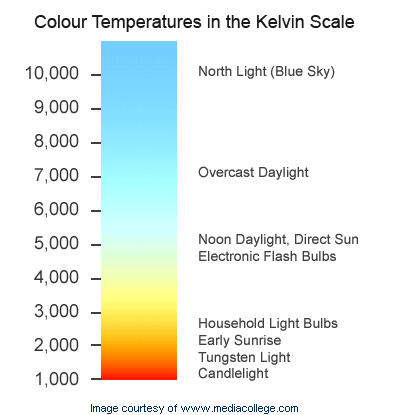
One of the things I like the most about night photography is playing tricks. Many tricks requires long exposure, and night provides the best environment for playing tricks

This trick is quite simple.You just need a zoom lens and zoom during exposure. First, you have to set the shutter speed to slower than 1 sec (the slower the shutter speed,the easiler to do this trick). The effect is shown on the above image. If you want the lines to be more obvious, you can turn the zoom ring slowly, so it can have enough time to expose.

This trick is a kind of multiple exposure. To do this trick, you need a black card. Black card is just a black paper or something that can block light getting into the lenes, and it should not be reflective.
Steps (assume the shutter speed 10 sec, the sharp image needs 6sec of exposure)
1. Start exposing (I suggest exposure more than 4sec, so you have enough time for doing everything)
2. At 6sec, cover your lens with black card
3. Turn the focus ring
4. Remove the black card, then expose for 1sec
5.Close the shutter
The most diffcult part is how you allocate the time. The picture is formed by two parts, one is the sharp image(before using black card) and the out focused image(after using black card). Please note that the out focused image just need 1-2 sec exposure, otherwise there will be shadows on your picture. It is important to open up your aperture too, otherwise you can't get good a result.

This is a easy trick on film cameras. It is harder to perform this trick on a digital camera.
To perform this trick, a black card should be used.
A multiple exposed image actually contains two or more images. To produce an image shown above, you have to:
1. Set your camera Bulb shutter
2. Expose the first image (background)
3. Cover the lens with black card
4. Turn the zoom ring
5. Put away the black card
6. Wait till the second image is properly exposed, then close the shutter
There are a lot of other forms of multiple exposure, the above example is just one of them. You can also use multiple exposure with panning or other movments.
We always use the correct white balance to get an image similar to what we see. To get a special color tune, using incorrect white balance can surprise you.

The effect of using 'incorrect' white balance

The effect of using correct white balance
This is a simple trick, you just need to try different white balance settings in your camera
Some cameras will show the K value of the white balance setting. Like 3200K. It means it is suitable for situations with 3200K color tempruture.

( http://www.mediacollege.com/lighting/colour/colour-temperature.html )
The diagram above explains how K value affects the color tune
But in your camera, when it saids: 3200K, it actually turn your picture into blue tune. Which means the diagram above is reversed. The reason for this is because this setting is used for correcting the color tune in the situation with 3200K color tempruture. If this setting is not applied, the picture will have a yellow tune.